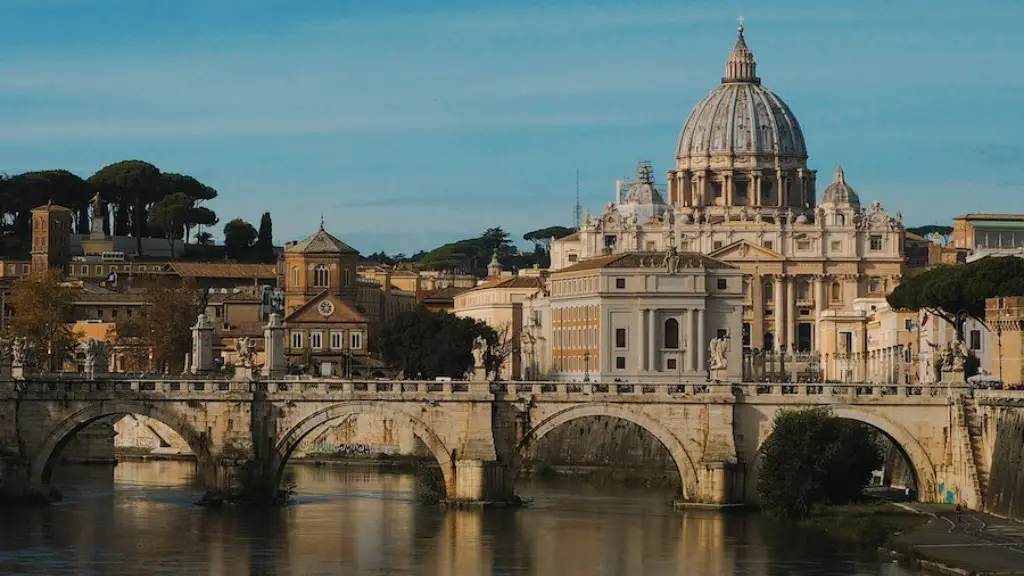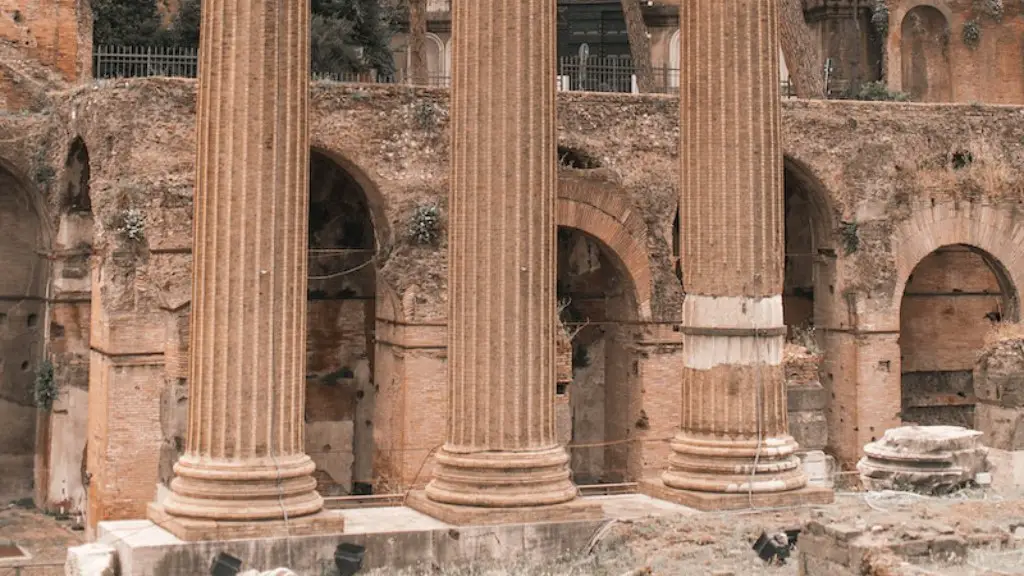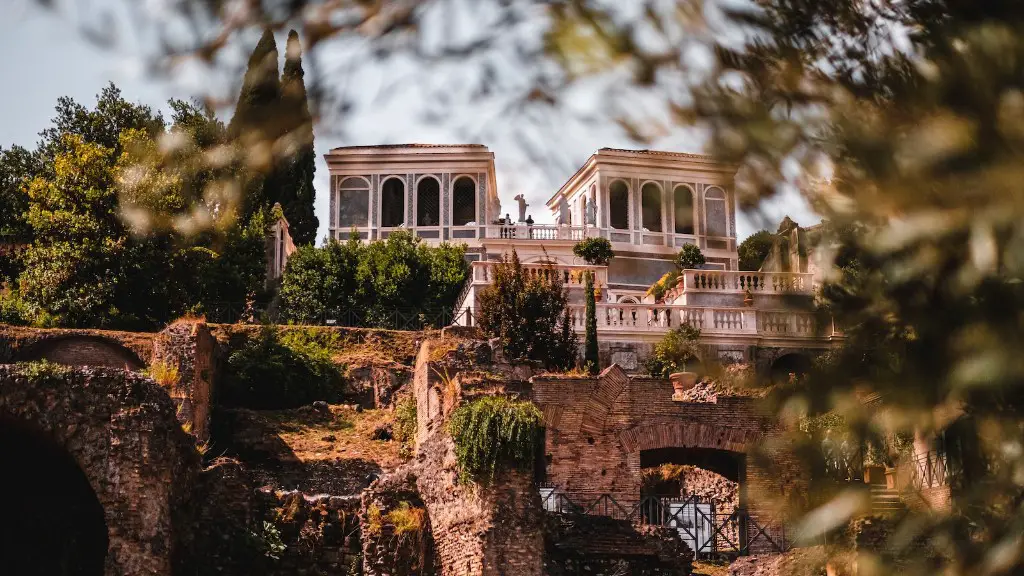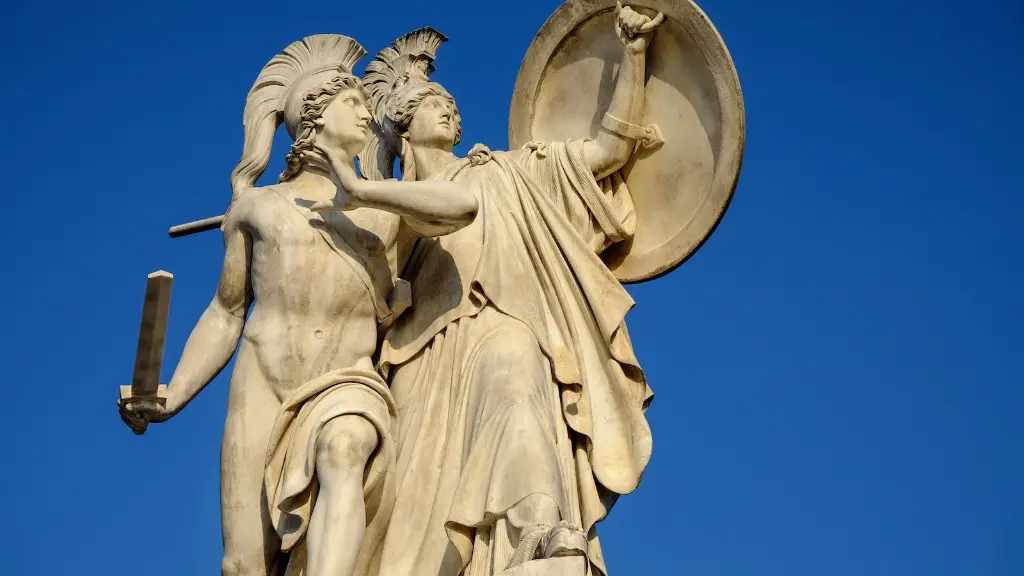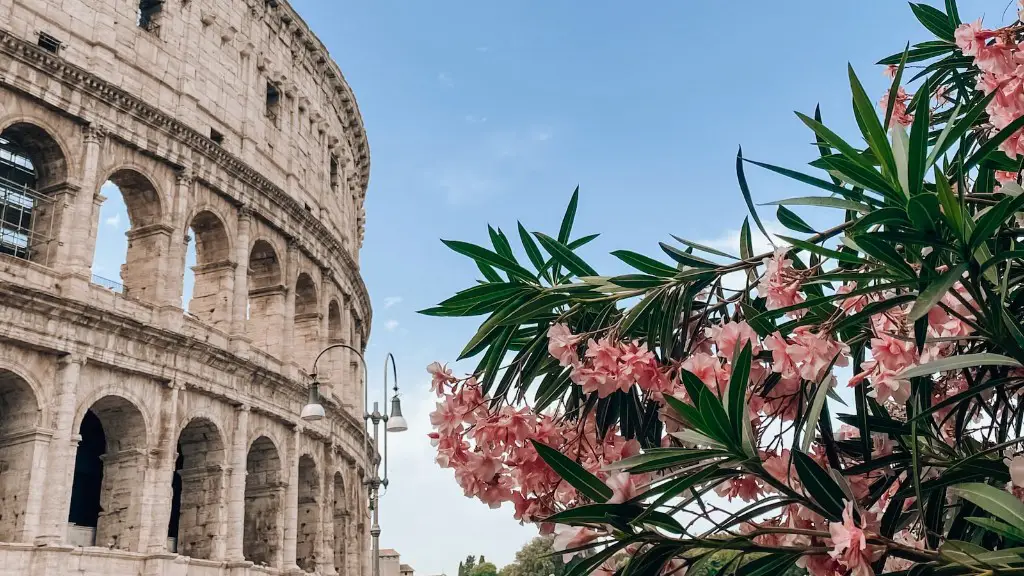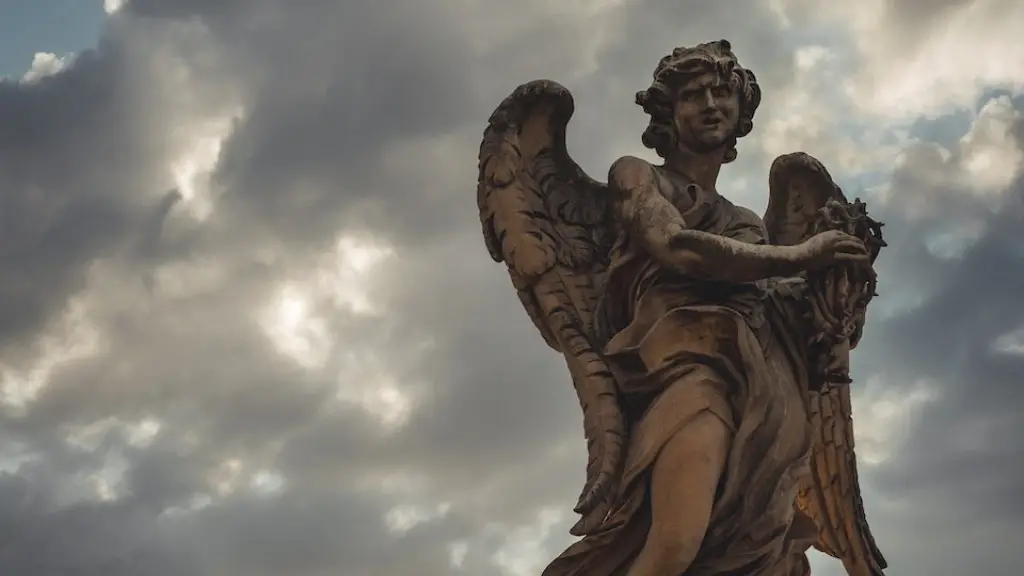As a powerful cultural, political and economic centre, ancient Rome has left an extensive legacy on modern civilisation. From roads to language and engineering projects, Rome’s impact is still visible today – particularly in its iconic architecture.
The development of Roman architecture began with the Etruscans who, in c. there tenth century BCE, constructed the first temples. Since then building techniques that are still familiar around the world today have been developed, from the use of terracotta blocks, to the use of arches, vaulting, and concrete.
Some of the most impressive and iconic buildings in the city of Rome were constructed in the first few centuries of the Common Era and beyond. Significant changes occurred in engineering techniques, materials and aesthetics which allowed for incredibly complex and large-scale structures to be built.
The Forum of Augustus is just one of the many magnificent examples, a public square built by Augustus in honour of his sister, Octavia. This is where the remains of the temple of Mars Ultor, situated in the western side, still stand today. This temple was built with columns and arches, featuring ornamental decorations and sculptures, and was the main attraction of the Forum.
The Pantheon is another one of the most famous Roman monuments. Built by the emperor Hadrian in the 2nd century CE, this temple is one of the best-preserved buildings of Ancient Rome, and is the most influential surviving building of its kind. Its vast circular plan and dome remain virtually unchanged, while its interior is covered with colourful marble and stunning sculptures.
Other notable examples include the Colosseum and the Aqueducts. The Colosseum was constructed during the Flavian dynasty, and is Rome’s most recognisable structure. Built in an elliptic structure using concrete, with sand and pieces of stone, it was inspired by similar arenas in Greece. Meanwhile, the Aqueducts were a crucial element for the city infrastructure, carrying water to the Roman citizens from the nearby hills, over bridges and rivers, and through walls. These massive structures were designed not just to provide water, but also to be aesthetically pleasing.
Though the Romans are known for many of their technological and architectural accomplishments, the fact that many of their structures are still standing today is even more impressive. The contribution of the ancient Romans to the world of architecture has been immense, and their impact can still be seen in modern structures around the globe.
Architects and Masters behind the Buildings
Architects, artists, and master builders had an important role in creating some of the most iconic Roman buildings we still admire today. Much of the credit for their success goes to the Roman architect Marcus Vitruvius Pollio, who wrote the first complete treatise on architecture, De Architectura. This book became the manual for all future architects, setting the foundations for architectural success up until the Renaissance.
Although the names of the actual builders of many important Roman buildings are unknown, it is believed that many of the most remarkable monuments were designed by Apollodorus of Damascus, the favourite architect of Emperor Trajan. His work on the Forum of Trajan, The Pantheon, and the Arch of Triumph demonstrate the advanced level of planning and engineering that the Romans had achieved by the turn of the millennium.
The Aqueducts are another impressive engineering feat, and were built under a variety of supervisors, or magistri. The most famous of these were the architects whom Emperor Trajan appointed, such as Frontinus, who was responsible for the Aqua Traiana, and Aquita Urbis, the most intricate water-system of its time.
In addition to the architects, artists, and engineers, the ancient Romans relied heavily on skilled craftsmen, such as the stone carvers, who helped to bring the architect’s visions to life. It is thanks to the collective efforts of such professionals that the monuments of Rome still stand today.
Materials and Resources Used in the Construction
The Romans used a variety of materials for their buildings construction. From terracotta blocks to concrete and marble, these materials made it possible for them to build large and complex structures. One of the most commonly used materials was the volcanic stone known as pozzolana, which was key to the development of the iconic concrete used for some of the largest Roman projects.
The Romans had other resources at their disposal too, such as stone, wood, and metals (especially bronze, which was used to make numerous statues and other works of art). They also used a variety of decorative elements, including coloured marble, mosaics, and ornamental sculpture.
Many of the building techniques and materials that are still used in construction today were first developed by the Romans, such as the use of concrete, brick and brickwork, arches, and other features that combine form and function.
The Romans’ mastery of engineering and construction also gave them access to an endless supply of resources, from timber and stones to rubble and masonry. Skilled workers would quarry stone and build structures in a carefully planned and organized fashion, using their knowledge and experience when laying each stone and brick.
Additionally, water was an essential resource for Ancient Rome, and the aqueducts were responsible for the distribution of water across the city. The use of aqueducts, and the importance of water to the city, allowed for many impressive and ambitious projects to be undertaken.
Economic Impact of the Building Projects
The building projects of Ancient Rome not only had a major impact on its society and culture, but also on its economy. Construction projects such as the building of temples and the Forum of Augustus provided work for the skilled workers and craftsmen needed to build it, and stimulated the Roman economy. In turn, Romans saw the value in investing their resources into the construction of public and monumental buildings.
Architecture and engineering were considered essential skills in Rome, and many of the most successful architects and builders were well respected in their fields. In addition to providing jobs for skilled workers and engineers, the stability and success of the Roman Empire was due in part to the construction of public and private buildings that reflected its power.
The building projects also had a long-lasting impact on the city of Rome, with many of its iconic buildings still standing today. Not only were these structures visually impressive, but they served practical and symbolic purposes as well, providing both a sense of stability and pride.
Large-scale construction projects, including aqueducts, roads, and bridges, also had a major impact on the economy of Ancient Rome. By reducing the time and distance to reach certain destinations, and improving the overall infrastructure of the city, these projects allowed traders and merchants to swiftly exchange goods and services.
Legacy of the Buildings
The legacy of the booming building projects of Ancient Rome is still visible today. From roads and monuments to the use of concrete and decorative elements, much of what was achieved during this period has influenced the way we build and design architecture around the world even now.
The Romans’ masterful use of concrete and terracotta blocks set the foundations for modern construction techniques and methods. Their adoption of a variety of styles and decorative elements had a significant impact on the development of architectural design. From the Column of Trajan to the Forum of Augustus, these iconic buildings are still recognised around the world.
The Roman archives on engineering and architecture were so vast and influential that they provided the inspiration for the Renaissance era, and remain the basis of much of what we know today about architecture and engineering. In short, the achievements of Roman architecture are still awe-inspiring even centuries later.
Influences of Roman Style
The influence of Roman style can still be seen in architecture today. From Neo-classical style and details like columns, arches, and porticoes, to the revival of concrete and decorative elements, the Roman aesthetic continues to be a source of inspiration for modern designers.
Elements such as the domed ceiling of the Pantheon and the stunning mosaics and sculptures of the Forum of Augustus have been widely copied. The revival of small-scale building styles and the use of terracotta blocks have also been popular in recent years.
The revival of ancient Roman styles has been seen in residential and commercial projects, from apartment complexes to office towers and government buildings. This resurgence is due in large part to the timelessness of the Roman style, as well as the availability of modern materials and technology needed to recreate the same structures that were built by the Romans.
The legacy of ancient Rome is still visible in the architecture of the present day, and many of the same engineering techniques, materials, and decorative elements that were used by the Roman Empire can be seen in modern-day structures around the world.
